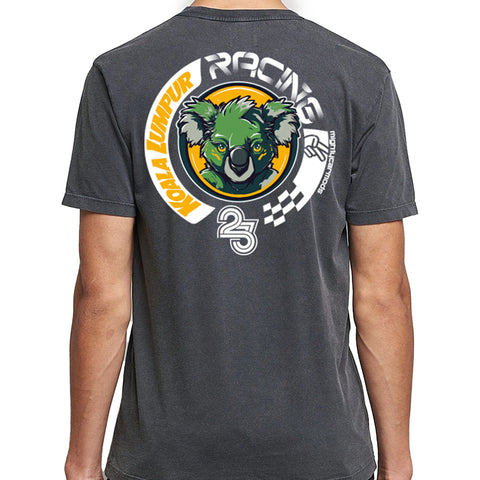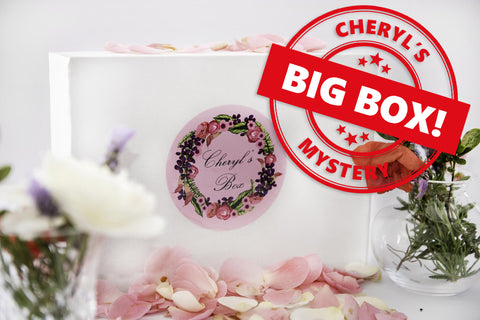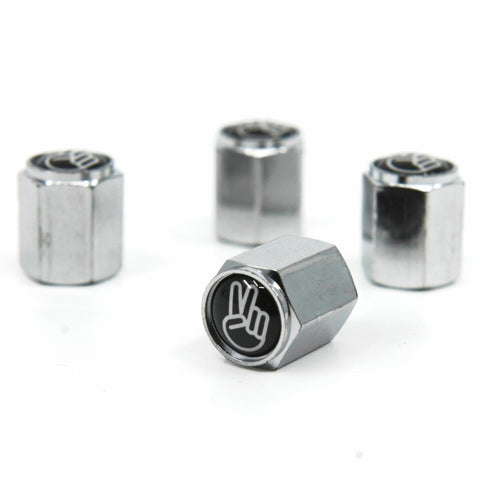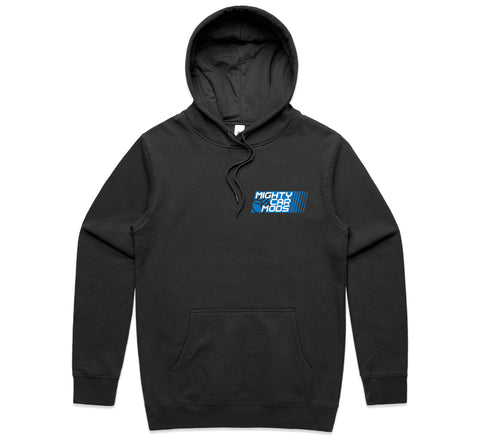
Sometimes the factory makes the best parts for your project
We all froth saving up to buy a part. When that box turns up and you get to lift out the shiny new Doohickey to go on yourThingamibob, there is a big old Dopamine hit you'll struggle to get elsewhere - but it isn't the only way to build a cool car.
Since way back in the day people have bought base or lower-grade models of car and fitted parts from the higher-spec, or flat-out racing versions, to make their ride better. This is known as OEM+, which stands for Original Equipment Manufacturer Plus.
Fitting high-end options to entry-level cars has been a way to modify cars going right back to the 1930s, but the OEM+ trend really hit its stride in the early 2000s, when the Japanese Turbo Era was at its peak. Subaru WRXs would get turbos and intercoolers off STi models, N1 parts would be fitted to R32-R34 GT-R Skylines, and the American market turbos with steel wheels were a simple upgrade for 2JZs factory fitted with frail ceramic wheels.
This R32 Skyline GT-R (found HERE at this link) is a brilliant example of OEM+ style. Clean, understated but definitely not stock standard.

Many of the OE upgrade parts could be found cheaply second-hand, allowing for a new owner to benefit from the millions of dollars of research and development the factory had carried out for a bargain price. And because they were offered on factory cars they’d be reliable, which meant OEM+ was often the tuning style used on daily drivers.
It wasn't just Japanese cars which copped it, as this E46 M3 (CLICK HERE) shows - wearing CSL 19in wheels, subtle lowering and more.

Fitting upgraded springs and shocks, aluminium control arms, larger brakes, and higher-spec wheels and tyres are all hallmarks of the OEM+ style, normally with the car’s bodywork being left almost standard. The idea is not to make a million horsepower or to radically sharpen the car’s focus to do one thing well; it’s to use the best parts available to make a well-rounded tuner car as if the factory had offered it.

Factory high-performance special editions like the STi Spec C RA-R had upgraded differentials, improved handling, lightweight body parts, and upgraded engine parts. All of these could be swapped into other Subarus, in the same way Marty built Gramps, SuperGramps, and the STi-swpaped Levorg.

Ultimately as manufacturers moved away from homologation-style cars, which made upgrading lower models easier, OEM+ tuning faded. Modern performance cars like the Golf R and Audi RS3 allow supercar performance in mildly modified packages as MOOG's supercar-killer projects show.





